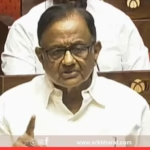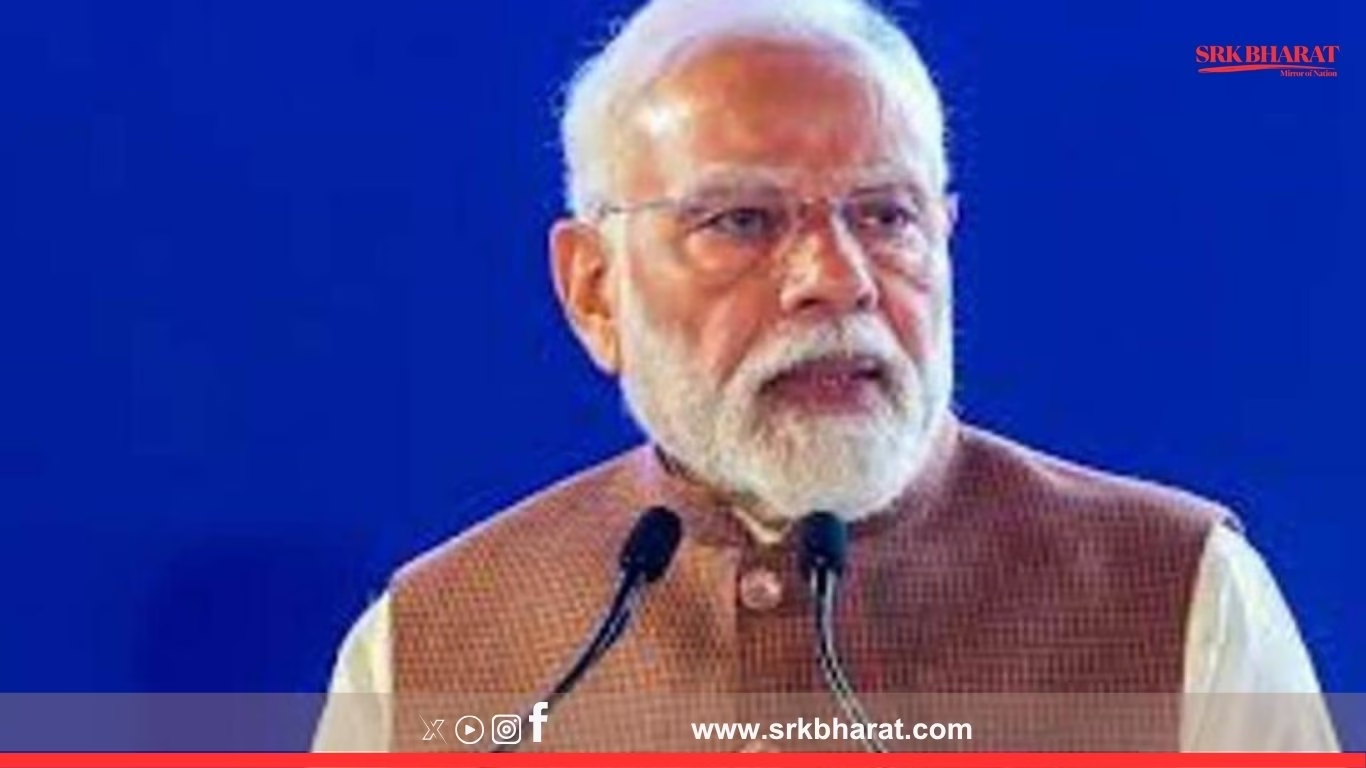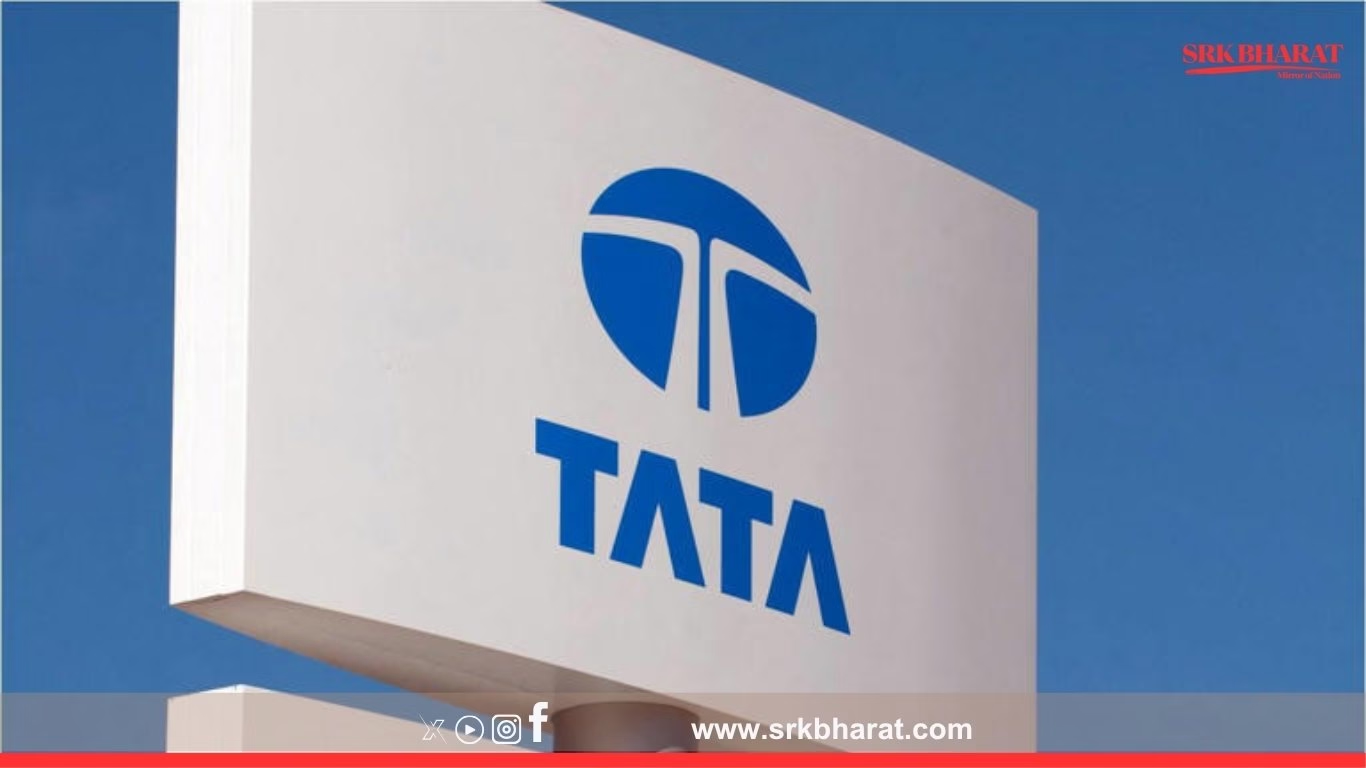In a significant move aimed at accelerating rural development and modernising railway infrastructure, the Union Cabinet has approved a combined financial outlay of ₹13,000 crore, including a ₹2,000 crore grant to the National Cooperative Development Corporation (NCDC) and an ₹11,000 crore allocation for critical upgrades in India’s rail network. The announcement underscores the government’s twin focus on boosting rural cooperative financing and overhauling the nation’s transportation backbone.
The decisions, cleared during a high-level Cabinet Committee on Economic Affairs (CCEA) meeting, are expected to stimulate regional economies, enhance agricultural productivity, improve cooperative functioning, and remove rail bottlenecks in high-demand corridors. Together, these initiatives align with the larger goal of inclusive growth through infrastructure and institutional reforms.
Strengthening Cooperatives: ₹2,000 crore NCDC Grant
The ₹2,000 crore grant to the National Cooperative Development Corporation (NCDC) is designed to provide concessional funding for various rural and agricultural cooperative initiatives. This infusion aims to empower Primary Agricultural Credit Societies (PACS), dairy, fisheries, and rural marketing cooperatives that form the backbone of India’s rural economy.
Key objectives of the NCDC grant include:
- Strengthening cooperative credit mechanisms
- Facilitating cold storage and value chain infrastructure in rural areas
- Promoting agri-processing industries through cooperatives
- Enhancing digital capabilities of PACS and cooperative banks
This move is part of a broader strategy to operationalize the Ministry of Cooperation’s goal of revitalizing grassroots cooperative institutions and ensuring their sustainability and digital transformation.
₹11,000 crore for Indian Railways Infrastructure Upgrade
The second major decision entails an ₹11,000 crore investment in upgrading railway infrastructure, especially in high-traffic zones and freight corridors. This allocation will support the modernisation of signalling systems, development of dedicated freight lines, doubling of key tracks, and decongestion of major junctions.
Key rail upgrade initiatives under the scheme:
- Electrification of non-electrified broad gauge lines
- Installation of automatic signalling and modern interlocking systems
- Doubling and tripling of heavily-used sections in Eastern and Western corridors
- Bridge strengthening and axle load enhancement
- Safety improvements through Kavach anti-collision systems
This investment is expected to reduce transit times for both passengers and goods, raise overall logistical efficiency, and contribute to ‘Viksit Bharat 2047’—India’s roadmap for becoming a developed nation.
Funding Distribution Summary
| Sector | Total Allocation (₹ crore) | Primary Focus Areas | Expected Impact |
|---|---|---|---|
| Rural Cooperatives | 2,000 | PACS digitisation, cold chains, agri infra, cooperative loans | Empowerment of 8 crore rural farmers and workers |
| Rail Infrastructure | 11,000 | Signalling upgrades, doubling lines, electrification, freight corridors | Faster freight movement, decongestion, safety boost |
Cooperative Sector Reform: Why the NCDC Grant Matters
India has nearly 8 lakh cooperative societies, including over 95,000 PACS, most of which operate with outdated infrastructure, poor digital systems, and limited access to capital. This ₹2,000 crore support will offer interest subvention and grants-in-aid to modernise these units.
The funds will be channelled into projects like:
- Digitisation of PACS using common national software
- Building godowns and rural warehouses
- Setting up agro-processing units managed by cooperatives
- Modernisation of dairy, fishery, and livestock cooperatives
The NCDC, functioning under the Ministry of Cooperation, will act as the nodal agency for fund disbursal and project evaluation. The move is in line with Prime Minister Narendra Modi’s vision of “Sahkar se Samriddhi” (Prosperity through Cooperation).
Rail Infra Upgrade: Focus on Strategic Corridors
The ₹11,000 crore investment in Indian Railways will primarily target projects that address congestion and enhance freight capacity—particularly on saturated routes connecting industrial hubs to ports and hinterlands.
Priority corridors under consideration:
| Corridor | Project Type | Objective |
|---|---|---|
| Delhi–Howrah (Eastern Corridor) | Track doubling, signalling | Enhance passenger and cargo throughput |
| Mumbai–Delhi–Amritsar (Western DFC) | Freight track capacity | Reduce freight bottlenecks between key economic zones |
| Chennai–Visakhapatnam | Electrification, automation | Improve speed and safety on the East Coast Corridor |
| Ahmedabad–Mumbai | Upgradation and bridge work | Boost regional connectivity in high-density areas |
Railways Minister officials stated that these upgrades will lead to 25–30% improvement in cargo movement efficiency, significant savings in fuel costs, and a reduction in carbon emissions through wider electrification.
Broader Economic Impact
According to estimates by the Ministry of Finance, the combined ₹13,000 crore spending is expected to:
- Generate employment for over 4.5 lakh individuals, directly and indirectly
- Increase GDP contribution of cooperative-run infrastructure in rural India
- Enhance multi-modal transport efficiency through better rail-road linkages
- Support the government’s goal of doubling farmers’ incomes by improving agri-logistics
The Cabinet’s decision also sends a strong signal to markets and investors about India’s infrastructure push and the growing role of cooperatives in its developmental agenda.
Expert Views
Dr. Rajiv Gupta, an economist specialising in rural finance, welcomed the move, stating:
“The NCDC funding is not just about capital infusion. It’s about bringing long-overdue reform in cooperative governance, which has remained archaic for decades.”
On the rail side, transport analyst Meera Iyer commented:
“Freight movement is still the lifeline of Indian Railways. This upgrade will address critical congestion and ensure railways can remain competitive with road and air cargo.”
Government’s Long-Term Vision
These decisions are part of a broader push under:
- PM Gati Shakti: For infrastructure convergence
- National Rail Plan 2030: To achieve modal freight share of 45%
- Digital Cooperative Mission: To digitally connect 95,000+ PACS
Both the ₹2,000 crore and ₹11,000 crore allocations complement existing schemes like PM Kisan, Rural Infrastructure Development Fund (RIDF), and the National Logistics Policy.
Conclusion
The Union Cabinet’s approval of the ₹13,000 crore package for cooperative support and railway modernisation demonstrates a focused approach towards inclusive and sustainable growth. While the NCDC grant aims to revitalise the rural cooperative framework, the rail investment is a strategic move toward boosting the backbone of India’s logistical capabilities. Together, these measures are expected to drive job creation, improve service delivery, and lay the groundwork for India’s vision of a digitally enabled, self-reliant, and globally competitive economy.
Disclaimer: This article is intended for informational purposes only. All data and projections are based on available government briefings and sectoral analysis. Policy changes or future developments may alter the implementation timelines or project outcomes.











